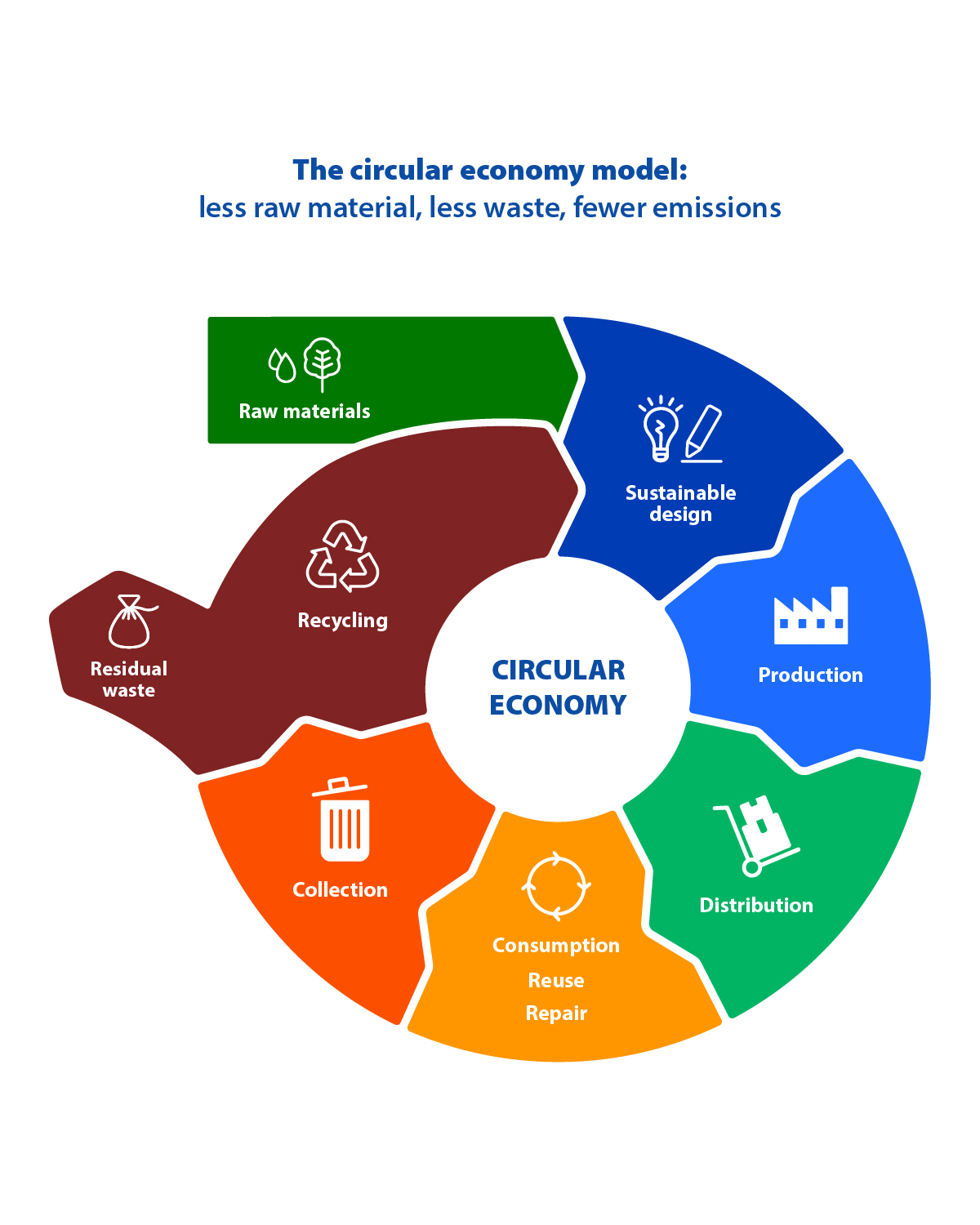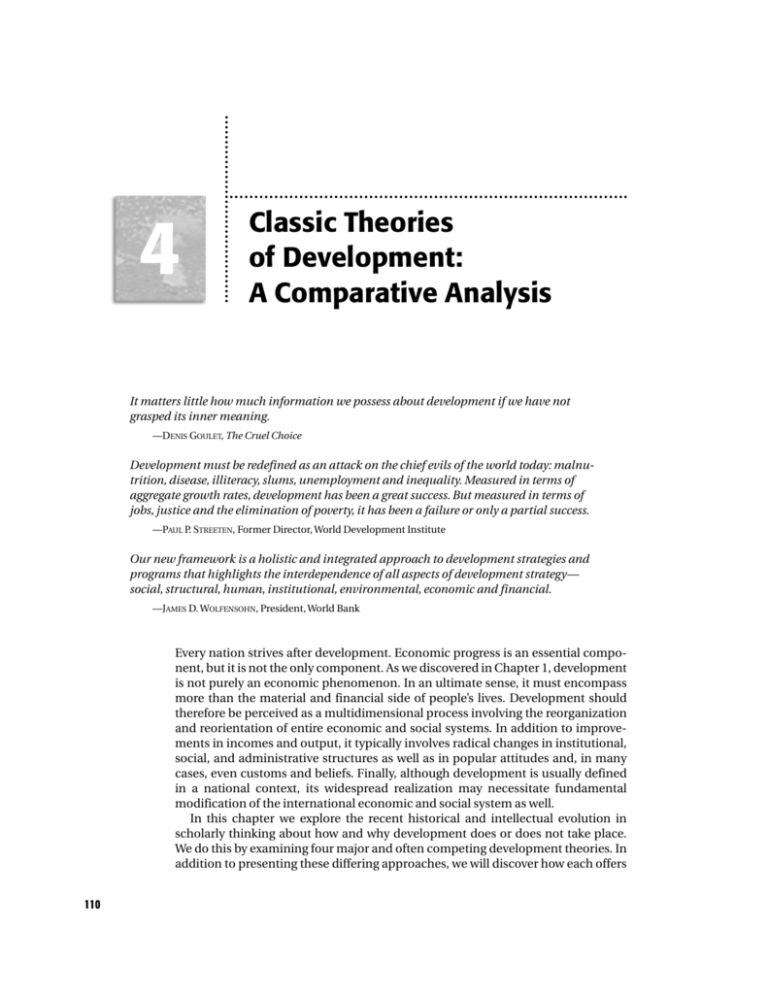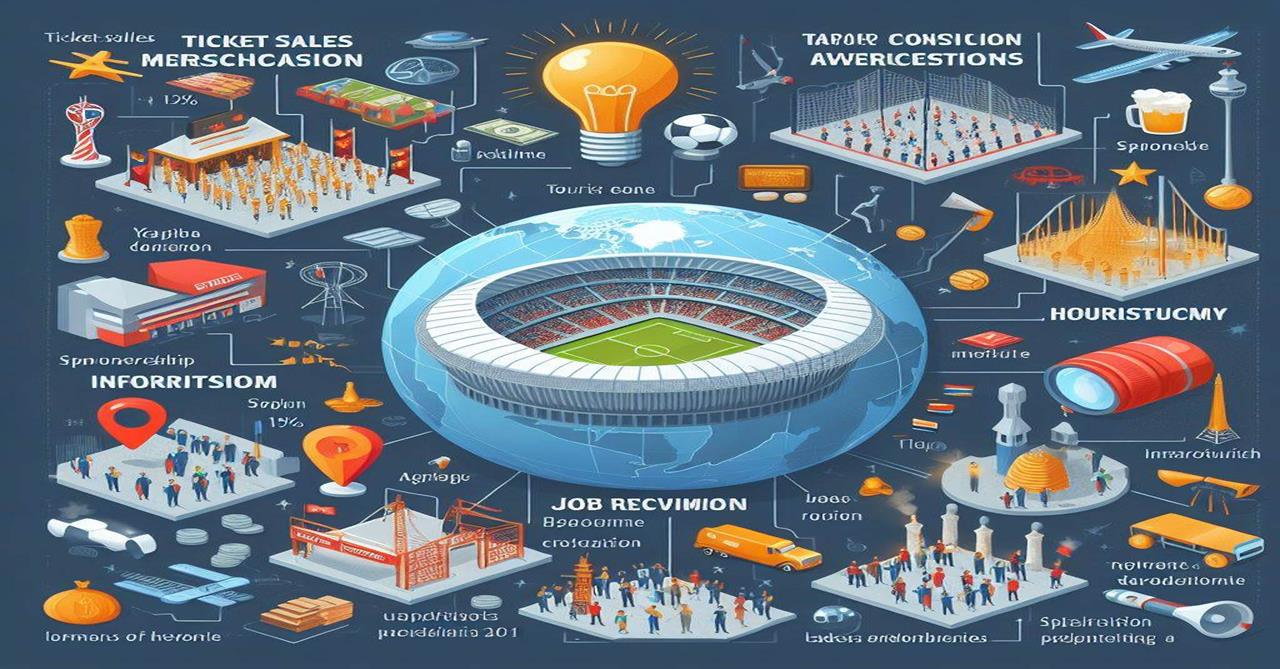
The Circular Economy: Unlocking Billions in Global Economic Potential
Imagine a world where waste is a thing of the past. A world where products are designed to be reused, repaired, and recycled, creating value at every stage. This isn’t a futuristic dream; it’s the core principle of The Circular Economy, and it’s rapidly gaining traction as a powerful engine for global economic growth.
For decades, our global economy has operated on a "take-make-dispose" model. We extract raw materials, manufacture products, use them, and then throw them away. This linear approach is unsustainable, depleting finite resources, generating massive amounts of waste, and contributing to climate change. But what if there was a better way – one that not only protects our planet but also creates significant economic opportunities?
Enter the Circular Economy. It’s not just an environmental concept; it’s a revolutionary economic model poised to unlock billions, if not trillions, in global economic potential. This article will break down what the Circular Economy is, explore its immense economic benefits, and show why businesses, governments, and individuals alike should pay attention.
What Exactly is the Circular Economy? (For Beginners)
At its simplest, the Circular Economy is a system designed to eliminate waste and pollution, circulate products and materials, and regenerate nature. Think of it like nature’s own cycles, where nothing is truly wasted.
Let’s break down the key differences from our current "linear" system:
The Linear Economy (Take-Make-Dispose):
- Take: We extract raw materials from the Earth (minerals, oil, trees).
- Make: We manufacture products using these materials.
- Dispose: Once products are no longer useful or desired, we throw them away, usually into landfills or incinerators.
The Circular Economy (Reduce, Reuse, Recycle, Regenerate):
- Reduce: Design products to use fewer materials and last longer.
- Reuse: Keep products and materials in use for as long as possible (e.g., repairing, refurbishing, sharing).
- Recycle: When products can no longer be reused, recover and process their materials to create new products.
- Regenerate: Focus on using renewable resources and restoring natural systems (e.g., using compost to enrich soil).
It’s about moving away from a single-use mindset towards a system where resources are kept in a continuous loop, maximizing their value.
Why the Circular Economy is an Economic Game-Changer
The economic potential of the Circular Economy is truly staggering. Studies by the Ellen MacArthur Foundation, a leading advocate for the Circular Economy, suggest that adopting circular principles could generate trillions of dollars in economic value annually by 2030. Here’s how:
1. Unlocking New Business Models and Innovation
The Circular Economy isn’t just about better recycling; it inspires entirely new ways of doing business.
- Product-as-a-Service (PaaS): Instead of selling a product, companies sell the use of a product. For example, you might lease a washing machine from a company that maintains and repairs it, and then takes it back at the end of its life to reuse its parts. This creates ongoing revenue streams and incentivizes durable, repairable design.
- Sharing Economy: Platforms that facilitate sharing (e.g., tool libraries, car-sharing services) reduce the need for individual ownership, making better use of existing assets.
- Repair and Remanufacturing: Businesses specializing in fixing, upgrading, and rebuilding products create new markets and skilled jobs.
- Waste-to-Value Ventures: Companies that transform what was once considered waste (e.g., food scraps, industrial byproducts) into valuable new materials or energy.
2. Enhancing Resource Security and Reducing Costs
Our current linear system makes us vulnerable to volatile raw material prices and supply chain disruptions.
- Reduced Reliance on Virgin Materials: By reusing and recycling existing materials, businesses become less dependent on extracting new, often expensive, raw resources. This provides greater stability and predictability in material costs.
- Lower Production Costs: Using recycled or refurbished components can often be cheaper than manufacturing from scratch.
- Mitigating Supply Chain Risks: Localizing material loops and reducing reliance on distant suppliers can make supply chains more resilient to global shocks.
3. Creating New Jobs and Fostering Economic Growth
The transition to a Circular Economy isn’t about eliminating jobs; it’s about shifting and creating new ones.
- Skilled Labor: Jobs in repair, remanufacturing, reverse logistics (collecting used products), material sorting, and advanced recycling require new skills and expertise.
- Local Economic Development: Many circular activities, like repair shops or composting facilities, are inherently local, creating community-based jobs and strengthening local economies.
- Green Industries: The growth of industries focused on sustainable design, renewable energy integration, and eco-friendly manufacturing drives overall economic expansion.
4. Reducing Waste and Pollution (and Their Costs)
Waste isn’t just an environmental problem; it’s an economic burden.
- Lower Disposal Costs: Less waste means lower costs for landfills, incineration, and waste management services for both businesses and municipalities.
- Turning Waste into Revenue: Instead of paying to dispose of "waste," companies can find ways to turn it into valuable inputs for other industries, creating new revenue streams.
- Cleaner Environment, Healthier Workforce: Reduced pollution leads to fewer health issues, lower healthcare costs, and a more productive workforce.
5. Boosting Competitiveness and Brand Value
Consumers, investors, and even governments are increasingly prioritizing sustainability.
- Enhanced Brand Reputation: Companies committed to circular principles are seen as innovative, responsible, and forward-thinking, attracting eco-conscious consumers and talent.
- New Market Opportunities: As regulations tighten and consumer preferences shift, companies with circular offerings are better positioned to capture new market segments.
- Increased Resilience: Businesses built on circular principles are inherently more adaptive to resource scarcity and environmental challenges.
6. Contributing to Climate Change Mitigation
While primarily an economic model, the Circular Economy has profound climate benefits that also translate to economic savings.
- Reduced Emissions: Keeping products and materials in use longer reduces the energy needed for new production, lowers emissions from waste disposal (e.g., methane from landfills), and decreases emissions from resource extraction and transportation.
- Decoupling Growth from Resource Use: The Circular Economy allows economic growth to continue without a proportional increase in resource consumption and associated emissions. This is crucial for meeting global climate targets while maintaining prosperity.
The Circular Economy in Action: Real-World Examples
To truly grasp the economic potential, let’s look at how circular principles are being applied across various sectors:
- Fashion: Instead of fast fashion, brands are exploring clothing rental services, repair programs, and using recycled fabrics. Companies like Patagonia offer extensive repair services, extending product life and building customer loyalty.
- Electronics: Manufacturers are designing products for easier disassembly and repair. Companies like Dell offer take-back programs for old electronics, recovering valuable materials like gold and copper. The growth of refurbished electronics markets is also a key circular trend.
- Packaging: Moving away from single-use plastics, businesses are investing in reusable packaging systems, refill stations for consumer goods, and innovative biodegradable materials. Loop, for example, partners with major brands to deliver products in durable, reusable containers.
- Construction: The construction industry generates enormous waste. Circular approaches involve deconstructing buildings to reuse materials (bricks, timber, steel), recycling concrete into new aggregates, and designing buildings for future adaptability and disassembly.
- Food Systems: Reducing food waste through better supply chain management, creating value from food byproducts (e.g., turning orange peels into new materials), and widespread composting to regenerate soil.
Who Benefits from the Global Economic Potential?
The beauty of the Circular Economy is that its economic benefits ripple through all levels of society:
- Businesses: Gain new revenue streams, reduce costs, enhance brand value, and build resilience.
- Governments: Create green jobs, strengthen local economies, reduce landfill burden, and meet environmental targets. They can also attract investment by fostering a circular-friendly regulatory environment.
- Consumers: Get access to more durable, repairable, and affordable products; benefit from cleaner environments; and contribute to a more sustainable future.
- Investors: Find new, innovative companies and sectors to invest in, with long-term growth potential in a resource-constrained world.
The Path Forward: Challenges and Opportunities
While the economic potential is clear, transitioning to a fully circular economy isn’t without its challenges:
- Mindset Shift: Moving away from a linear, disposable mindset requires a fundamental change in how products are designed, produced, and consumed.
- Investment: Significant upfront investment in new infrastructure (e.g., advanced recycling facilities, repair hubs) and research & development is needed.
- Policy and Regulation: Governments need to create supportive policies, incentives, and regulations that encourage circular practices and discourage linear ones.
- Consumer Awareness: Educating consumers about the benefits of circular products and services is crucial for driving demand.
However, these challenges also represent massive opportunities for innovation, collaboration, and economic leadership. Countries and companies that embrace the Circular Economy now will be at the forefront of the next industrial revolution, securing long-term prosperity in a resource-finite world.
Conclusion: A Win-Win for People, Planet, and Prosperity
The Circular Economy is more than just an environmental ideal; it is a powerful economic strategy. By designing out waste, keeping resources in use, and regenerating natural systems, we can unlock immense global economic potential. From creating new jobs and business models to enhancing resource security and mitigating climate change, the benefits are clear and compelling.
The shift from "take-make-dispose" to "reduce-reuse-recycle-regenerate" isn’t just about doing less harm; it’s about doing more good – for our planet and our prosperity. The future of our global economy is circular, and the time to embrace its potential is now.




Post Comment